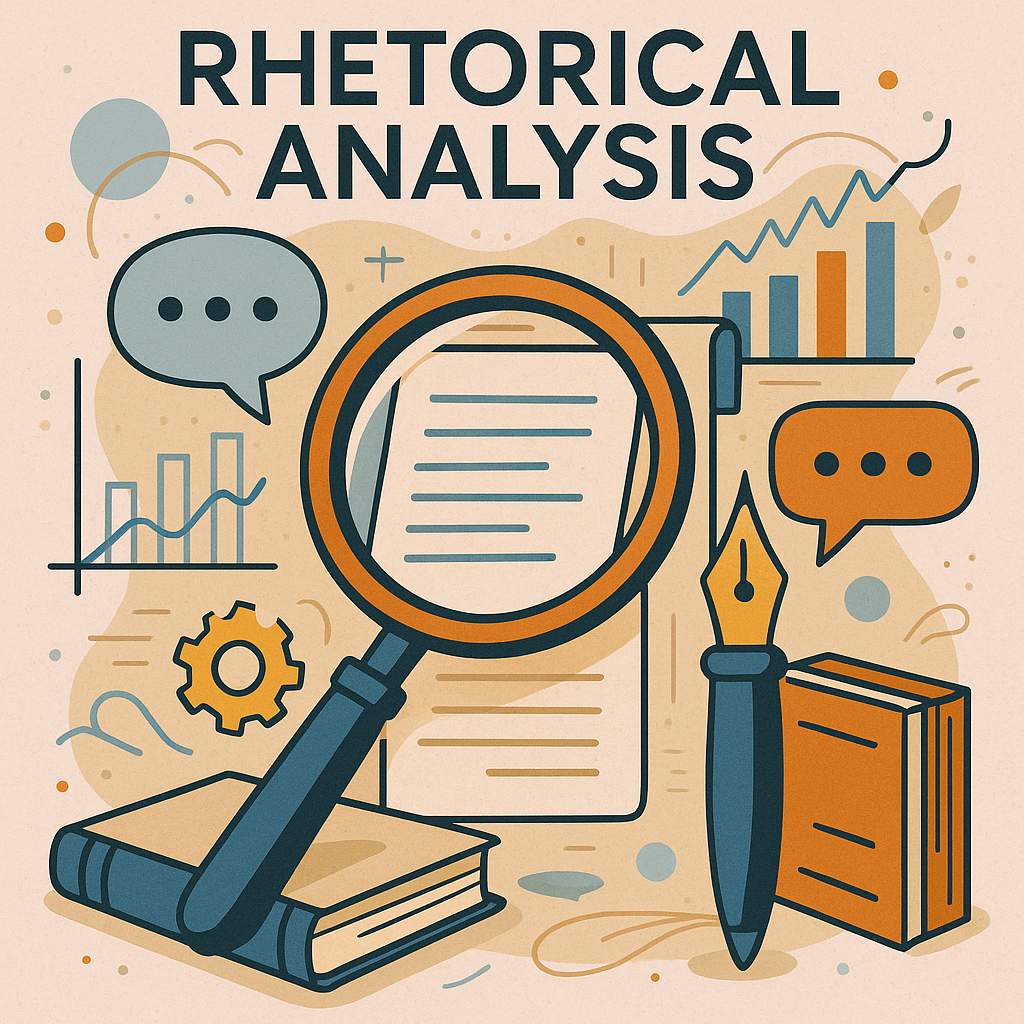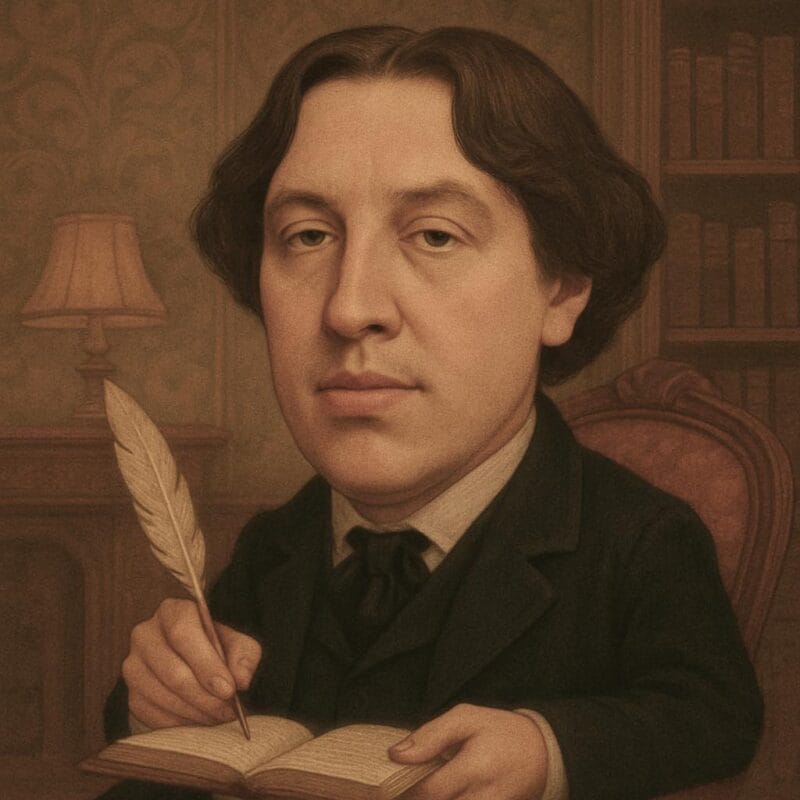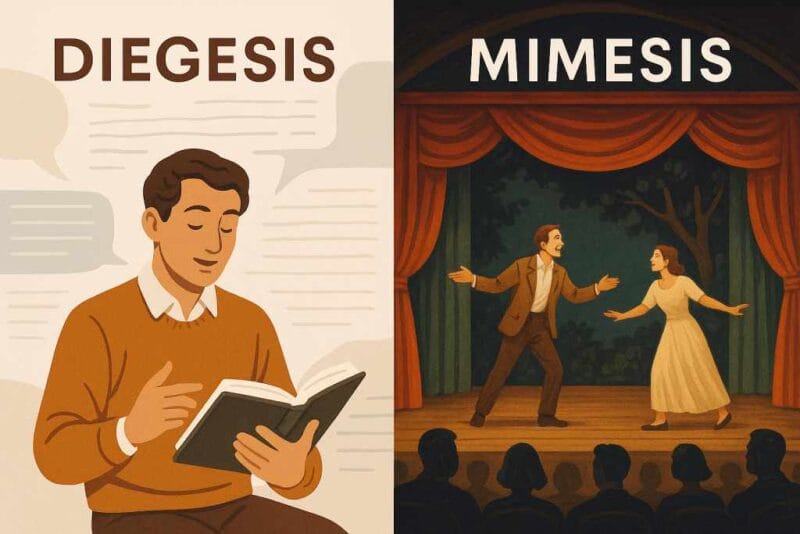Rhetorical analysis asks us to look beyond what a text or speech says and instead consider how it persuades. It draws attention to the strategies embedded in language, the choices of structure and style, and the ways these shape an audience’s response. From Aristotle’s Rhetoric (c. 4th century BCE) to the speeches of modern political leaders, the study of rhetoric has remained a central way of understanding communication as crafted action. For students, writers, and critics, rhetorical analysis opens a lens for examining persuasion across literature, politics, and culture.
What is rhetoric?
At its foundation, rhetoric refers to the art of persuasion. Aristotle defined it as the faculty of discovering the available means of persuasion in any situation. Classical rhetoric identifies three appeals: ethos (credibility), pathos (emotion), and logos (reason). These appeals remain central to rhetorical composition today, from the orations of Cicero to the speeches of Martin Luther King, Jr. The question, “What is rhetoric?” continues to matter because it emphasizes persuasion as a practice that is never neutral but always crafted toward effect.
Key Components of Rhetorical Analysis
Analyzing rhetoric requires attention to several dimensions. First is the purpose: why the communication exists and what it seeks to achieve. Second is audience: who is being addressed, whether explicitly or implicitly. Third is context: the historical, political, or cultural circumstances that shape the rhetoric’s production and reception. Finally, the text’s strategies—the appeals, structure, imagery, and style—form the substance of rhetorical criticism.
Scholars often emphasize that rhetorical analysis is not about agreeing or disagreeing with a text but examining how it persuades. For instance, Abraham Lincoln’s “Gettysburg Address” (1863) has been studied for its brevity, solemnity, and use of parallelism, each of which intensified its civic purpose. By examining such elements, one sees how rhetoric works at both stylistic and cultural levels.
Ethos, Pathos, and Logos
A focused analysis often looks closely at Aristotle’s triad of appeals:
- Ethos: A speaker’s credibility and authority. For example, Frederick Douglass drew on his life experience to establish credibility in his speeches against slavery.
- Pathos: Emotional appeal, such as Winston Churchill’s wartime addresses designed to stir courage and resolve.
- Logos: Logical argumentation, seen in Thomas Paine’s Common Sense (1776), which used reason to argue for independence.
Each appeal may dominate depending on the rhetorical situation, but together they frame how audiences are persuaded.
Rhetorical Composition
Rhetorical composition studies how discourse is constructed for effect. Writers and speakers craft introductions, organize arguments, and deploy stylistic devices to achieve their purposes. Ancient handbooks, such as Marcus Fabius Quintilianus’ Institutio Oratoria (c. 95 CE), systematized this craft, while modern composition studies continue to draw on rhetorical principles to teach effective writing. In academic contexts, rhetorical composition highlights how essays, reports, and speeches structure information not only for clarity but also for influence.
Rhetorical Criticism
Rhetorical criticism is the scholarly practice of evaluating and interpreting rhetorical acts. It seeks to understand how rhetoric functions within society and how it reflects cultural power. Early rhetorical criticism concentrated on classical speeches, but twentieth-century critics expanded the scope to include novels, films, advertisements, and digital media. Kenneth Burke, for instance, introduced the concept of identification, arguing that persuasion often works by aligning audience and speaker through shared symbols. More recent criticism examines visual rhetoric, social movements, and even the rhetoric of science, revealing how persuasion operates across diverse domains.
Methods of Rhetorical Criticism
Different critical methods shape how one approaches rhetorical analysis. Neo-Aristotelian criticism evaluates speeches through Aristotle’s appeals and canons of rhetoric. Narrative criticism examines how stories persuade through structure and plot. Feminist and critical race rhetorics uncover how persuasion intersects with identity and power. Each method highlights that rhetoric is never only about individual persuasion but also about social relations and cultural dynamics.
Why Rhetorical Analysis Matters
Understanding rhetorical analysis clarifies how persuasion works in everyday life. Political campaigns, social media posts, corporate advertising, and activist discourse all deploy rhetorical strategies. Analyzing rhetoric in these contexts reveals how language not only conveys information but also mobilizes action, shapes belief, and organizes communities. For students of literature, history, communication, or political science, rhetorical analysis provides a vital tool for interpreting both canonical texts and contemporary culture.
Further Reading
Rhetoric on Wikipedia
Anotated Rhetorical Analysis by James Madison University
I don’t think I understand what a rhetorical analysis really is. on Reddit




